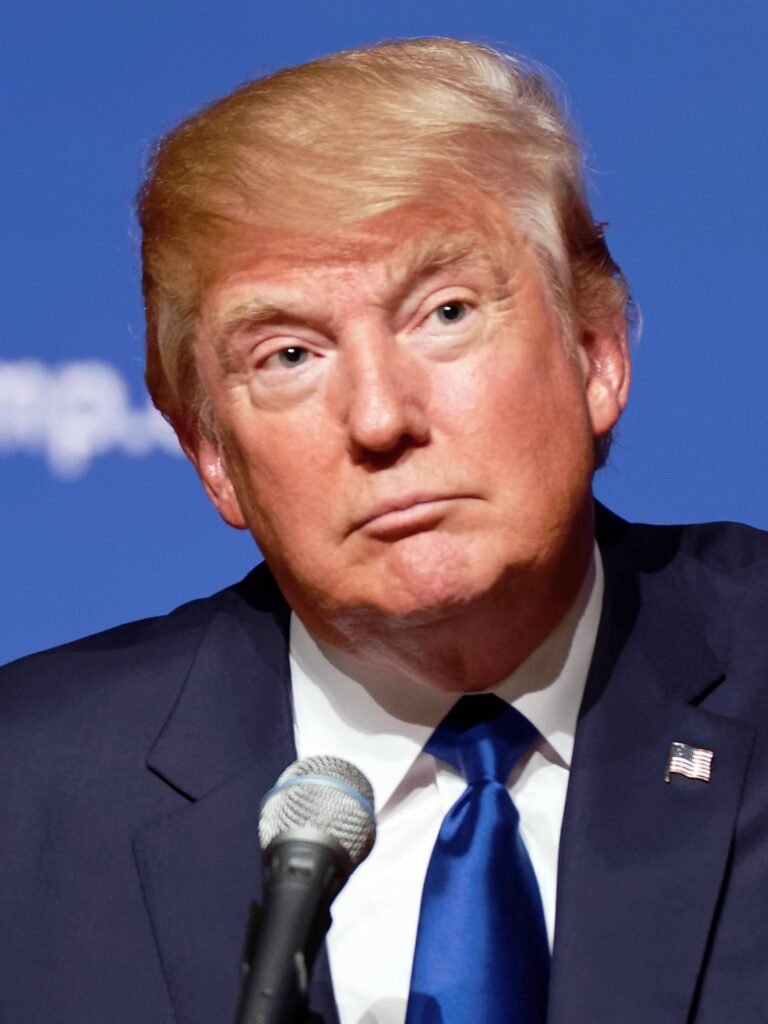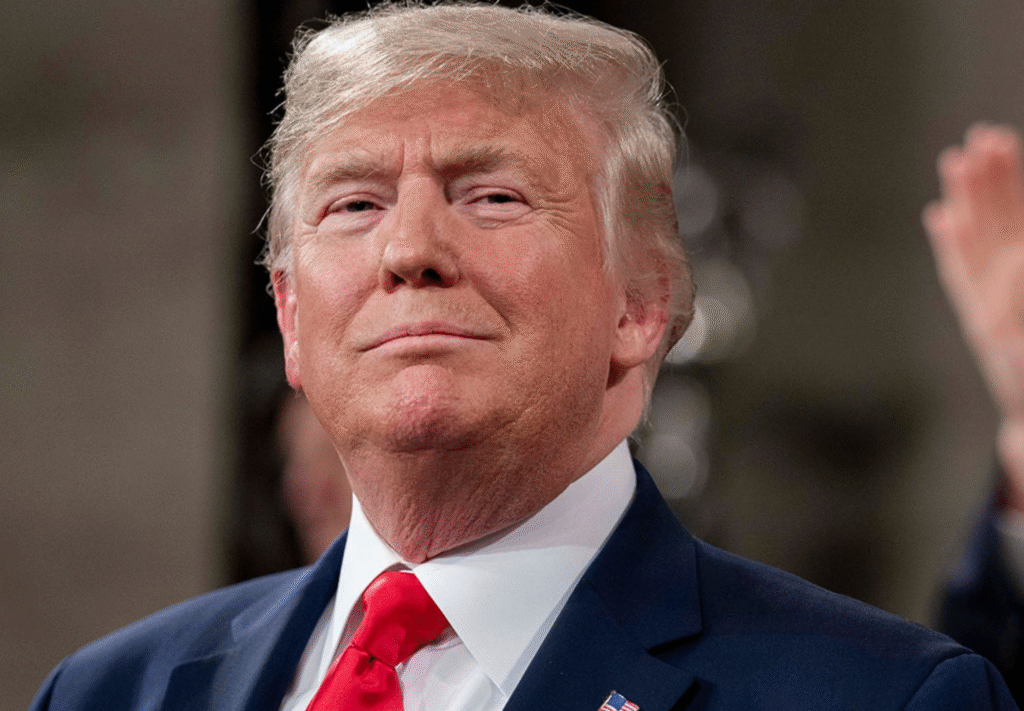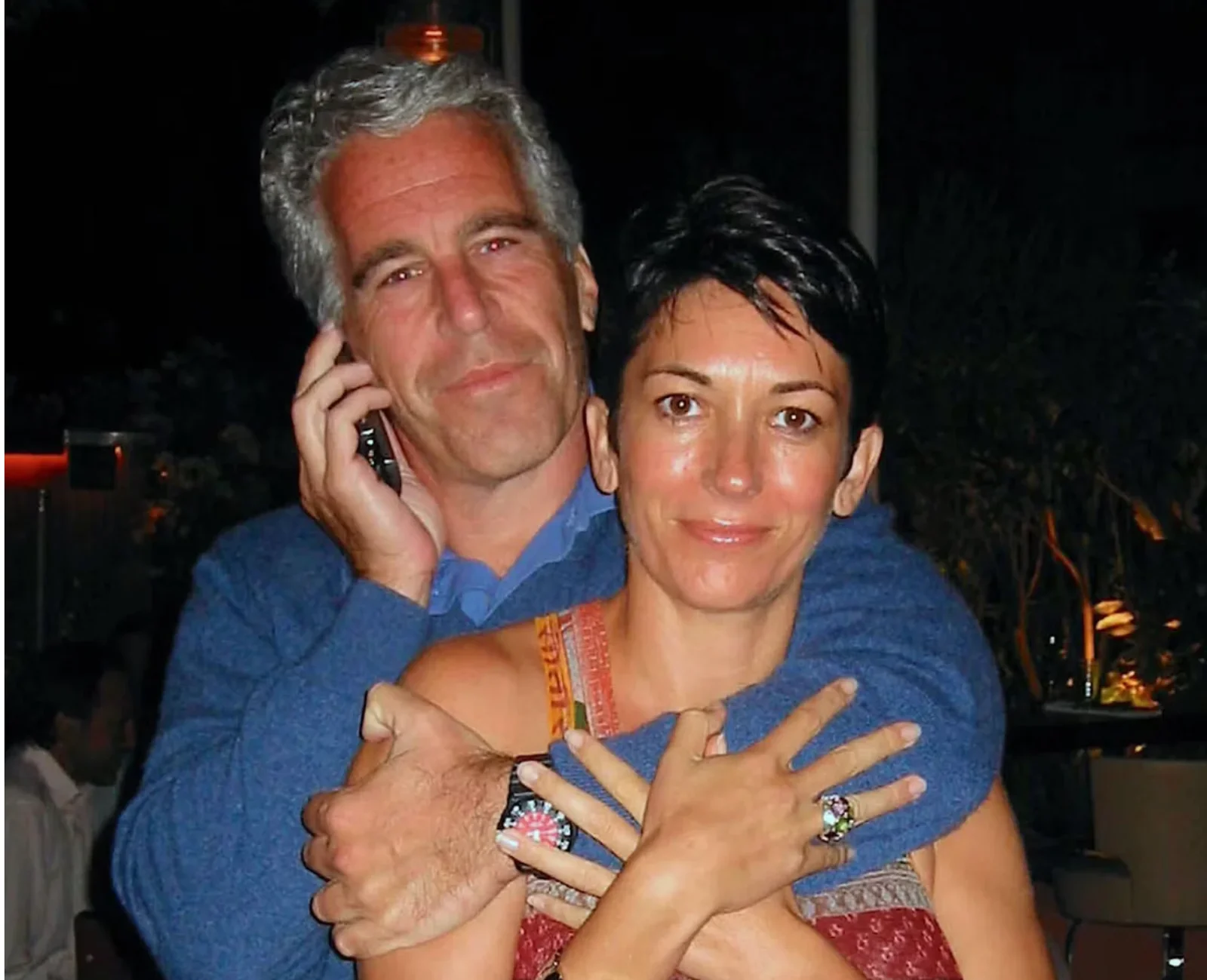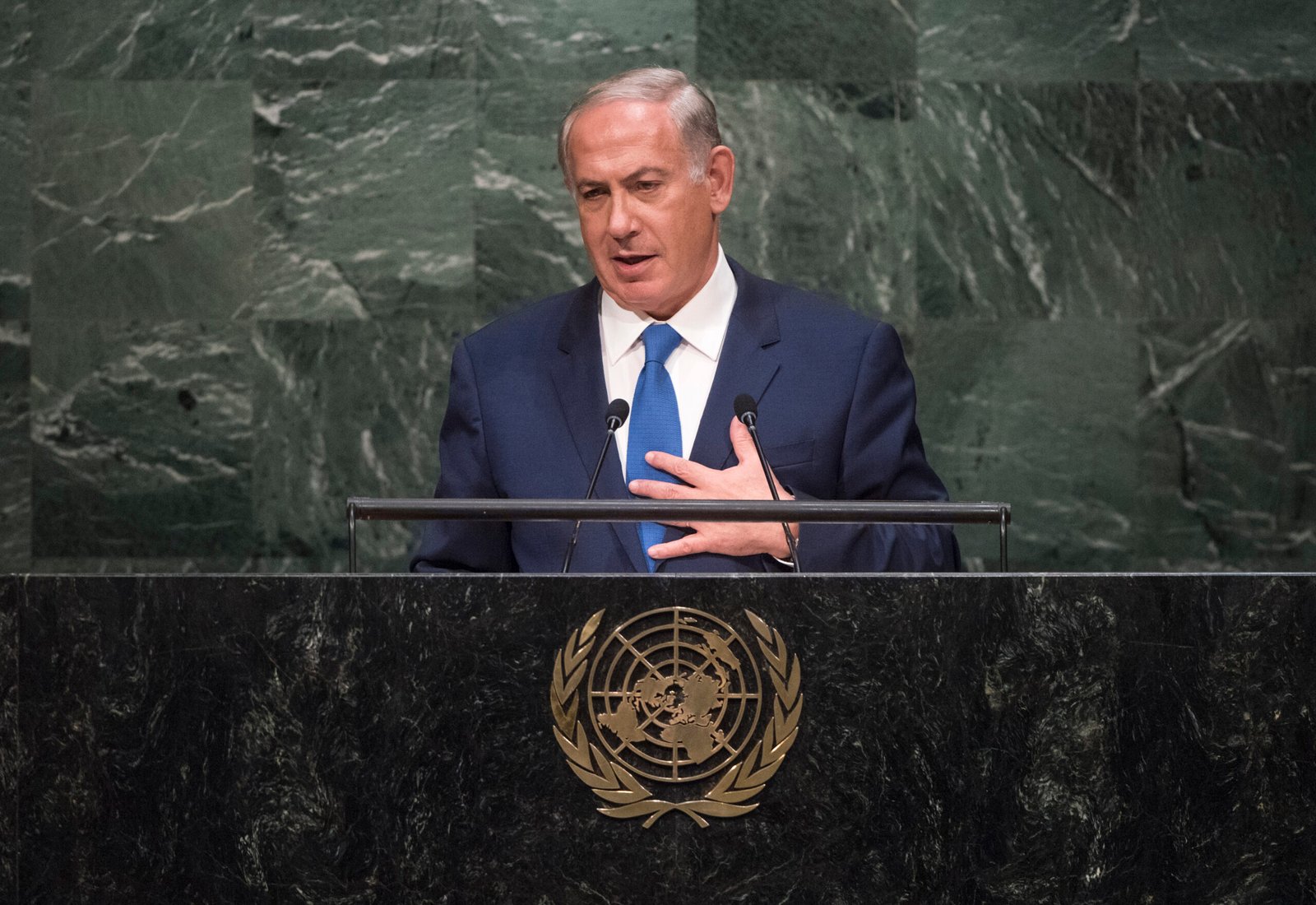World News
Why Chinese spy balloons are back in force over Taiwan on January 29, 2024 at 11:00 am
China is stepping up a campaign to coerce and intimidate Taiwan, sending batches of spy balloons over the self-governing island nation that flouted Beijing’s warning with the election of a pro-U.S. president earlier this month.
The spy balloons flew into Taiwanese airspace almost daily before and after Taiwan’s Jan. 13 presidential elections, part of what analysts see as a new effort to weaken Taiwanese independence.
On this side of the Atlantic, the flyovers were a reminder of China’s spy balloon that floated over the U.S. mainland last year and blew up relations between Washington and Beijing for months. Beijing claimed at the time the dirigible was a wayward weather balloon — a claim made all the more far-fetched given the calculated use of the surveillance balloons over Taiwan.
Kristen Gunness, a senior policy researcher at the RAND Corporation, views China’s aerial actions as an “extension” of the air and maritime pressure campaign and a “signal about increased surveillance,” but she argued the tension is unlikely to escalate any further.
“Balloons are a big deal, but it’s not enough of one to be able to — especially if Taiwan isn’t doing anything about it — to provoke a conflict or crisis,” she said.
However, experts are seriously worried about China eventually taking more aggressive action against the island, which it considers historically part of the mainland — especially after Taiwan’s voters delivered a blow to Beijing.
U.S. Adm. John Aquilino, the commander of Indo-Pacific Command, predicted China would step up its aggression following the election.
“When something occurs that they don’t like, they tend to take actions,” he said at a Pacific Forum conference event this month after the Taiwan elections.
U.S. officials have warned that rather than invade, China is likely to increase pressure on Taiwan for now. Washington has issued a warning that any military action may come in 2027, the year Chinese leader Xi Jinping has said his forces should be ready.
A new report from the Center for Strategic and International Studies showed most experts believe a “soft quarantine” or a blockade of Taiwan is more likely than an invasion, though that scenario could escalate into a military conflict.
Gunness said China is dealing with domestic issues, including a tanking economy, that makes action unlikely this year or in the immediate future unless there is a major, unforeseen escalation like Taiwan declaring independence.
“China may just stay the course for a while because it doesn’t want to rock the boat with the U.S.,” she said. “That said, I do think that China will continue … what it’s been doing, which is basically conduct air and maritime operations around Taiwan to show that they can control the maritime and airspace.”
Chinese spy balloons seized the world’s attention last year when one flew over the continental U.S. in February for days before an American fighter jet shot it out of the sky and into the Atlantic Ocean.
The bulbous, white balloon weighed some 2,000 pounds and was 200 feet tall — with a payload that included antennas and surveillance equipment. The U.S. cast doubt on Beijing’s explanation that it was a weather balloon gone adrift.
China has used the spy balloons for years to spy on the U.S., Japan, Taiwan and other nations in a program the U.S. says is global in scope.
But the latest efforts in Taiwan have seen China deploy a particularly large number of spy balloons, with sometimes up to six balloons flying into Taiwanese airspace in one day, according to Taiwan’s Ministry of National Defense.
China already has eyes and ears over Taiwan and the balloons are unlikely to be practically useful for surveillance.
Instead, the balloons are part of a Chinese tactic to diminish Taiwanese independence, said Ho-fung Hung, a political economy professor and East Asia expert at Johns Hopkins University.
“They are basically trying to squeeze the airspace and then blur the line between Taiwan and mainland China as much as possible to establish a kind of status quo in which this kind of integration between Taiwan and China is no longer concrete or clear,” he said.
“They are creating a status quo in which there’s no clear boundary anymore.”
In the past few days, the balloons stopped flying over Taiwan as frequently, but they also stopped in mid-January before picking up again.
The flyovers occur along with China sending aircraft into Taiwanese airspace in regular intrusions that have occurred for years.
The Institute for the Study of War warned in a Thursday analysis that China will try to “normalize using balloons in tandem with other aerial and naval” violations of Taiwanese territory “to wear down Taiwan’s threat awareness.”
President-elect Lai Ching-te’s victory in the elections this month is a loss to China, which had backed a candidate seeking closer Beijing ties with the Kuomintang (KMT) party.
Lai is the current vice president in the administration of Taiwan President Tsai Ing-wen, and its Democratic Progressive Party (DPP) has now won a historic third consecutive term.
While Lai once talked of declaring independence, he became more measured during his campaign, saying the status quo works because Taiwan operates independently anyway.
Lai said in his victory speech that Taiwan opened a “new chapter” in its democracy.
“We are telling the international community that between democracy and authoritarianism, we will stand on the side of democracy,” he said.
But the election was not a total loss for China; the opposing KMT party won a majority in the Parliament.
President Biden and China’s Xi discussed Taiwan during a November meeting in San Francisco and agreed to restore military communications. The leaders of the two world superpowers did not make a breakthrough or resolve existing tensions, with Xi reportedly telling Biden that China will reunify with Taiwan.
Robert York, the director for regional affairs at the Pacific Forum, said the U.S. and China “fundamentally” remain at odds over key issues such as Taiwan, but the countries remain in a “reprieve” since the Biden-Xi meet.
“The Taiwan elections have not caused a significant downturn in those relations as of yet,” he said, “but the [Chinese Communist Party], Xi Jinping, they’ve been quite clear that their position on Taiwan has not changed.”
The U.S. sent an unofficial delegation to Taipei after Lai’s victory and two U.S. lawmakers traveled to the island nation this week.
The spate of balloon launches is unlikely to push the U.S. or Taiwan to any action. Taipei scrambles aircraft when China intrudes over Taiwanese airspace but chooses not to engage to avoid provoking Beijing.
Col. Wang Chia-chun, the deputy head of Taiwan’s Ministry of National Defense, said earlier this month it was not worth shooting down the balloons because it would be “exactly what the Chinese want,” according to remarks shared by national news agency Focus Taiwan.
Another military spokesperson said Taiwan would only respond with force to the balloons if they posed a major threat.
The U.S. has informal relations with Taiwan and would not engage with regular Chinese incursions, though it has sent destroyer ships through international waters of the Taiwan strait in defiance to China, including one this week.
Even if China continues intimidating Taiwan with the balloons, Taipei will be focused on building out its defenses, said York from the Pacific Forum.
“Striking one of the balloons or actually confronting one of the Chinese planes or vessels that interferes in their space is probably not worth the risk,” he said.
“The only thing Taiwan really can do is to continue to shore up its defenses, such as continuing to lengthen its mandatory service, and also beginning to make preparations for defenses on the island.”
China is stepping up a campaign to coerce and intimidate Taiwan, sending batches of spy balloons over the self-governing island nation that flouted Beijing’s warning with the election of a pro-U.S. president earlier this month. The spy balloons flew into Taiwanese airspace almost daily before and after Taiwan’s Jan. 13 presidential elections, part of what…
News
US May Completely Cut Income Tax Due to Tariff Revenue

President Donald Trump says the United States might one day get rid of federal income tax because of money the government collects from tariffs on imported goods. Tariffs are extra taxes the U.S. puts on products that come from other countries.

What Trump Is Saying
Trump has said that tariff money could become so large that it might allow the government to cut income taxes “almost completely.” He has also talked about possibly phasing out income tax over the next few years if tariff money keeps going up.
How Taxes Work Now
Right now, the federal government gets much more money from income taxes than from tariffs. Income taxes bring in trillions of dollars each year, while tariffs bring in only a small part of that total. Because of this gap, experts say tariffs would need to grow by many times to replace income tax money.
Questions From Experts
Many economists and tax experts doubt that tariffs alone could pay for the whole federal budget. They warn that very high tariffs could make many imported goods more expensive for shoppers in the United States. This could hit lower- and middle‑income families hardest, because they spend a big share of their money on everyday items.
What Congress Must Do
The president can change some tariffs, but only Congress can change or end the federal income tax. That means any real plan to remove income tax would need new laws passed by both the House of Representatives and the Senate. So far, there is no detailed law or full budget plan on this idea.

What It Means Right Now
For now, Trump’s comments are a proposal, not a change in the law. People and businesses still have to pay federal income tax under the current rules. The debate over using tariffs instead of income taxes is likely to continue among lawmakers, experts, and voters.
News
Epstein Files to Be Declassified After Trump Order

Former President Donald Trump has signed an executive order directing federal agencies to declassify all government files related to Jeffrey Epstein, the disgraced financier whose death in 2019 continues to fuel controversy and speculation.
The order, signed Wednesday at Trump’s Mar-a-Lago estate, instructs the FBI, Department of Justice, and intelligence agencies to release documents detailing Epstein’s network, finances, and alleged connections to high-profile figures. Trump described the move as “a step toward transparency and public trust,” promising that no names would be shielded from scrutiny.
“This information belongs to the American people,” Trump said in a televised statement. “For too long, powerful interests have tried to bury the truth. That ends now.”
U.S. intelligence officials confirmed that preparations for the release are already underway. According to sources familiar with the process, the first batch of documents is expected to be made public within the next 30 days, with additional releases scheduled over several months.
Reactions poured in across the political spectrum. Supporters praised the decision as a bold act of accountability, while critics alleged it was politically motivated, timed to draw attention during a volatile election season. Civil rights advocates, meanwhile, emphasized caution, warning that some records could expose private victims or ongoing legal matters.
The Epstein case, which implicated figures in politics, business, and entertainment, remains one of the most talked-about scandals of the past decade. Epstein’s connections to influential individuals—including politicians, royals, and executives—have long sparked speculation about the extent of his operations and who may have been involved.

Former federal prosecutor Lauren Fields said the release could mark a turning point in public discourse surrounding government transparency. “Regardless of political stance, this declassification has the potential to reshape how Americans view power and accountability,” Fields noted.
Officials say redactions may still occur to protect sensitive intelligence or personal information, but the intent is a near-complete disclosure. For years, critics of the government’s handling of Epstein’s case have accused agencies of concealing evidence or shielding elites from exposure. Trump’s order promises to change that narrative.
As anticipation builds, journalists, legal analysts, and online commentators are preparing for what could be one of the most consequential information releases in recent history.
Politics
Netanyahu’s UN Speech Triggers Diplomatic Walkouts and Mass Protests

What Happened at the United Nations
On Friday, Israeli Prime Minister Benjamin Netanyahu addressed the United Nations General Assembly in New York City, defending Israel’s ongoing military operations in Gaza. As he spoke, more than 100 delegates from over 50 countries stood up and left the chamber—a rare and significant diplomatic walkout. Outside the UN, thousands of protesters gathered to voice opposition to Netanyahu’s policies and call for accountability, including some who labeled him a war criminal. The protest included activists from Palestinian and Jewish groups, along with international allies.

Why Did Delegates and Protesters Walk Out?
The walkouts and protests were a response to Israel’s continued offensive in Gaza, which has resulted in widespread destruction and a significant humanitarian crisis. Many countries and individuals have accused Israel of excessive use of force, and some international prosecutors have suggested Netanyahu should face investigation by the International Criminal Court for war crimes, including claims that starvation was used as a weapon against civilians. At the same time, a record number of nations—over 150—recently recognized the State of Palestine, leaving the United States as the only permanent UN Security Council member not to join them.
International Reaction and Significance
The diplomatic walkouts and street protests demonstrate increasing global concern over the situation in Gaza and growing support for Palestinian statehood. Several world leaders, including Colombia’s President Gustavo Petro, showed visible solidarity with protesters. Petro called for international intervention and, controversially, for US troops not to follow orders he viewed as supporting ongoing conflict. The US later revoked Petro’s visa over his role in the protests, which he argued was evidence of a declining respect for international law.

Why Is This News Important?
The Gaza conflict is one of the world’s most contentious and closely-watched issues. It has drawn strong feelings and differing opinions from governments, activists, and ordinary people worldwide. The United Nations, as an international organization focused on peace and human rights, is a key arena for these debates. The events surrounding Netanyahu’s speech show that many nations and voices are urging new action—from recognition of Palestinian rights to calls for sanctions against Israel—while discussion and disagreement over the best path forward continue.
This episode at the UN highlights how international diplomacy, public protests, and official policy are all intersecting in real time as the search for solutions to the Israeli-Palestinian conflict remains urgent and unresolved.

 Entertainment4 weeks ago
Entertainment4 weeks agoWicked Sequel Disappoints Fans: Audience Verdict on For Good

 Entertainment4 weeks ago
Entertainment4 weeks agoAriana & Cynthia Say They’re in a ‘Non‑Demi Curious, Semi‑Binary’ Relationship… WTF Does That Even Mean?

 News4 weeks ago
News4 weeks agoMexico Bans Dophin Shows Nationwide

 Entertainment4 weeks ago
Entertainment4 weeks agoColombia’s ‘Doll’ Arrest: Police Say a 23-Year-Old Orchestrated Hits, Including Her Ex’s Murder

 Entertainment4 weeks ago
Entertainment4 weeks agoHow The Grinch Became The Richest Christmas Movie Ever

 Entertainment4 weeks ago
Entertainment4 weeks agoMiley Cyrus Is Engaged to Maxx Morando

 Business3 weeks ago
Business3 weeks agoLuana Lopes Lara: How a 29‑Year‑Old Became the Youngest Self‑Made Woman Billionaire

 News4 weeks ago
News4 weeks agoUS May Completely Cut Income Tax Due to Tariff Revenue





























